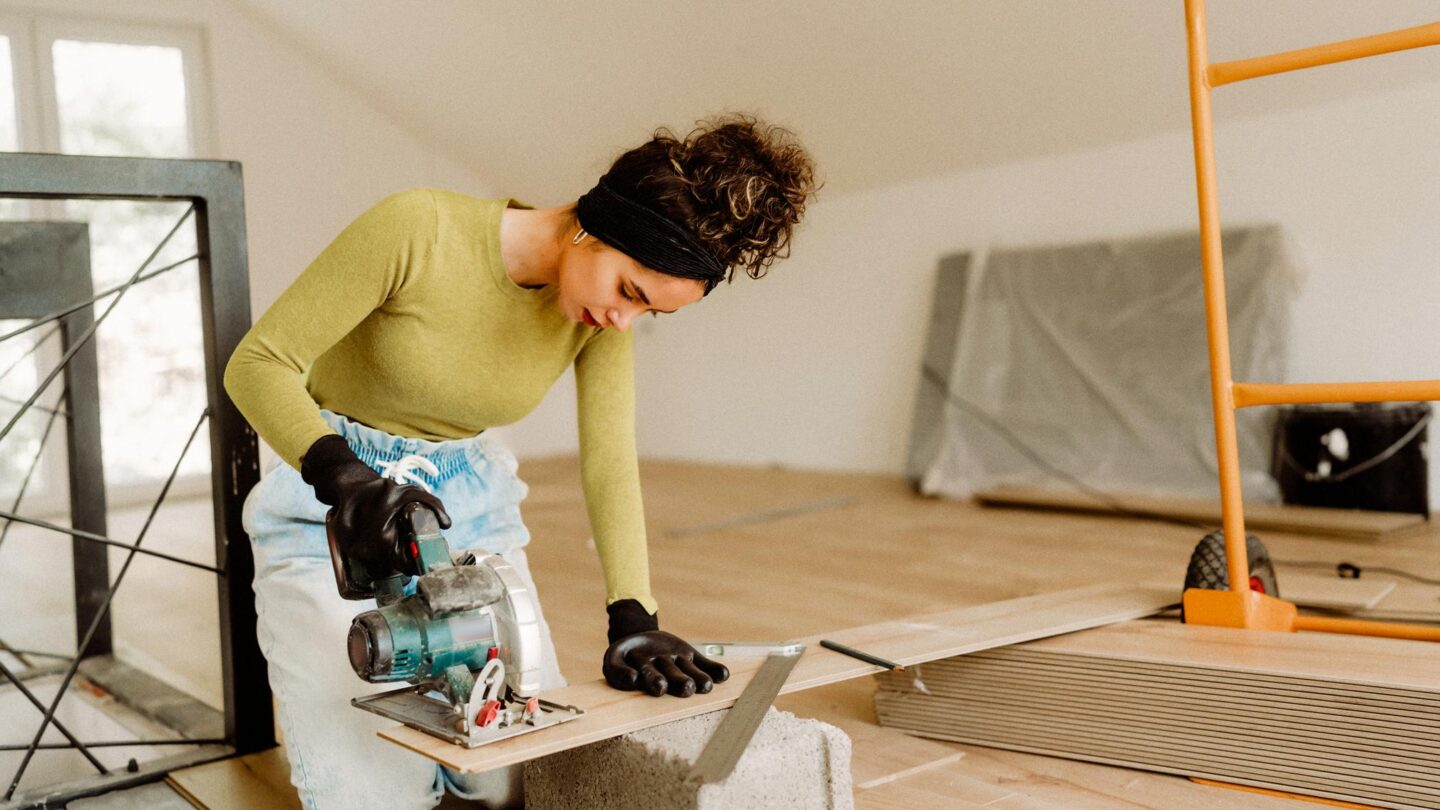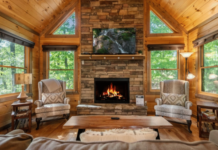Thinking about selling your home? First impressions matter. And buyers won’t look past cracked tiles, faded paint, or an outdated kitchen. So, what should you actually fix before putting your home on the market?
Let’s break it down. Not every repair or upgrade pays off, but there are some smart moves you can make that absolutely do.
Start With Curb Appeal
Buyers form opinions the moment they pull up. That means your home’s exterior plays a bigger role than you might think.
According to the 2024 Cost vs. Value Report, exterior projects dominate the ROI charts:
- Manufactured stone veneer can recoup 153% of its cost.
- Replacing a garage door nets a 102.7% return.
- Steel entry doors offer a 100.9% ROI.
In short? Curb appeal pays.
A fresh coat of paint on the front door, some new house numbers, and neatly trimmed landscaping can do wonders. You don’t need a full overhaul—just enough to make buyers say, “Wow.”
Do a Mini Makeover Inside
No, we’re not talking about gutting your kitchen. But a few targeted updates can add serious value.
According to HomeLight, minor kitchen remodels are among the best investments. That might mean painting cabinets, swapping out hardware, or replacing old appliances with more efficient models.
Want to go even smaller? Try paint.
Zillow found that kitchens painted in mid-tone pewter gray can add $2,553 to your sale price. Bathrooms in terra-cotta brown? An extra $1,624. Keep it neutral—gray, beige, greige with white trim. It helps buyers picture their own furniture in the space.
Fix What’s Broken
This seems obvious, but it’s easy to overlook chipped tiles, dripping faucets, or squeaky doors.
These “little things” signal to buyers that bigger problems might be hiding. That’s not the impression you want to leave. Given that the median age of owner-occupied homes in the U.S. is 44 years (Harvard), maintenance is no longer optional.
Spend a weekend doing a walkthrough, room by room. Make a list. Or better yet, ask a friend to walk through as if they were buying it.
Focus on the Spaces That Matter Most
You don’t need to stage every room, but you do need to make the important ones shine. According to the National Association of REALTORS®, the most staged rooms are:
- Living Room (39%)
- Primary Bedroom (36%)
- Kitchen (30%)
Staging helps buyers see the potential. It doesn’t have to be complicated: Think clean lines, fewer personal items, and furniture arranged to maximize flow and space.
Don’t Overdo It
Homeowners spent a record-breaking $567 billion on renovations in 2022, per Harvard. But not all of that pays off.
Skip the luxury upgrades unless you’re in a high-end market. Instead, focus on repairs and improvements with clear value. Keep this in mind: your home condition directly influences how it’s priced. If you’re curious about how condition affects value, check out this detailed guide on home condition and pricing.
Quick Fixes With Big Impact
Some of the best upgrades are simple, fast, and inexpensive. Like:
- Fresh mulch and basic yard care: Can boost value by up to $4,500 (HomeLight)
- Updating light fixtures and cabinet hardware
- Deep cleaning carpets or polishing floors
- Swapping old outlet covers and light switch plates
Small changes, big impression.
Final Thoughts
Getting your home ready to sell doesn’t mean breaking the bank. Focus on smart, high-ROI upgrades. Paint where needed. Repair what’s broken. Clean like you mean it. Stage selectively. And never underestimate curb appeal.
The goal? Make buyers fall in love the moment they walk through the door.
Start here. Sell faster. Stress less.




